Introduction
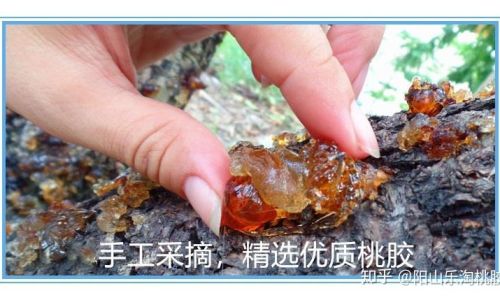
Peach gum, also known as peach tree resin or taojiao in Chinese, is a natural substance derived from the wounds of peach, apricot, or plum trees. It has been used in traditional Chinese medicine for centuries due to its various health benefits, including its ability to nourish the body, moisturize the lungs, and improve skin elasticity. In recent years, peach gum has gained popularity in the culinary world as a unique and healthy ingredient in desserts, drinks, and even savory dishes.
One of the key steps in preparing peach gum for consumption is cooking it properly. Raw peach gum is hard and translucent, resembling a gel-like substance. When cooked, it transforms into a soft, chewy texture with a slightly sweet and mild flavor. However, determining when peach gum is fully cooked can be tricky, especially for those unfamiliar with this ingredient. This article aims to provide a comprehensive guide on how to identify if peach gum is fully cooked, ensuring that you enjoy its optimal texture and flavor in your dishes.
Understanding Peach Gum
Before diving into the cooking process, it’s essential to understand the basic properties of peach gum. Peach gum is primarily composed of polysaccharides, including galactans, arabinogalactans, and pectins. These components give peach gum its unique gel-forming abilities and contribute to its health benefits.
When peach gum is extracted from the tree, it often contains impurities such as dirt, leaves, and twigs. Therefore, the first step in preparing peach gum for cooking is to clean it thoroughly. This involves soaking the peach gum in cold water for several hours or overnight to soften it and allow any dirt or debris to be easily washed away. Once cleaned, peach gum can be cooked in a variety of ways, depending on the desired final texture and use.
Cooking Methods for Peach Gum
There are several methods for cooking peach gum, each yielding slightly different results in terms of texture and flavor. The most common methods include boiling, steaming, and simmering.
-
Boiling: This method is quick and straightforward. Place the cleaned peach gum in a pot of water and bring it to a boil. Reduce the heat to low and let it simmer for a few hours until the peach gum is fully dissolved and the liquid has thickened.
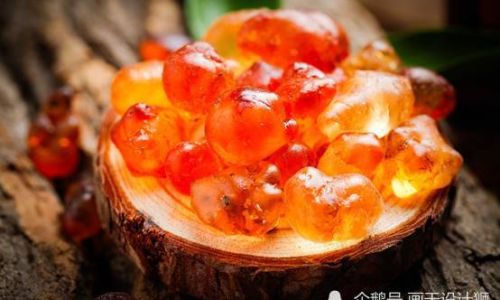
-
Steaming: Steaming peach gum is a gentler cooking method that preserves more of its natural flavors and nutrients. Place the peach gum in a heatproof container with enough water to cover it and steam for several hours until it softens and becomes translucent.
-
Simmering: Similar to boiling but at a lower temperature, simmering peach gum allows it to cook slowly and evenly. Place the peach gum in a pot with water and simmer on low heat for several hours, stirring occasionally to prevent sticking.
Regardless of the cooking method chosen, the key to achieving the perfect texture for peach gum is patience and careful monitoring. Peach gum can take several hours to fully cook, depending on its size, age, and the cooking method used.
Signs of Fully Cooked Peach Gum
Now, let’s delve into the specific signs that indicate peach gum is fully cooked. These signs can vary slightly depending on the cooking method and the desired final texture, but they generally include the following:
-
Texture: Fully cooked peach gum should have a soft, chewy texture. It should no longer be hard or rubbery and should easily break apart when touched. If the peach gum still feels firm or elastic, it likely needs more cooking time.
-
Color: Cooked peach gum will have a translucent appearance, with a slight golden hue if cooked for an extended period. Raw peach gum is typically white or pale yellow, but it will darken slightly as it cooks. However, avoid overcooking, as this can cause the peach gum to turn an unpleasant brown color and lose its natural sweetness.
-
Consistency: When fully cooked, peach gum will have a thick, syrupy consistency. This is due to the polysaccharides breaking down and releasing their gel-forming properties. If the liquid is still thin and watery, the peach gum needs more time to cook.
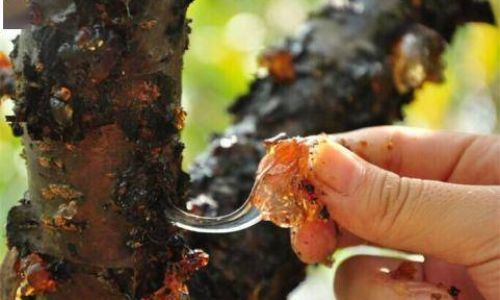
-
Flavor: Cooked peach gum has a mild, slightly sweet flavor. If the peach gum tastes bitter or has a strong, unpleasant odor, it may have been overcooked or stored improperly.
-
Volume: As peach gum cooks, it will gradually absorb water and expand in volume. However, once fully cooked, its volume should stabilize and no longer increase significantly. If the peach gum continues to expand after reaching its final cooking time, it may indicate that it was not cooked evenly or that there is still some uncooked material present.
Tips for Cooking Peach Gum
To ensure that your peach gum is cooked to perfection, here are some tips and tricks to keep in mind:
-
Use High-Quality Peach Gum: Start with high-quality peach gum that is free from impurities and has a clean, fresh scent. This will make it easier to cook and will result in a better final texture and flavor.
-
Soak Before Cooking: Soaking peach gum in cold water for several hours or overnight will soften it and make it easier to cook. This also helps to remove any dirt or debris that may be present.
-
Use a Large Pot: When cooking peach gum, use a large pot to prevent it from boiling over and spilling. This will also allow for more even cooking and prevent the peach gum from sticking to the bottom of the pot.
-
Stir Occasionally: Stir the peach gum occasionally during cooking to prevent it from sticking to the pot or burning. This will also help to distribute the heat more evenly and ensure that the peach gum cooks uniformly.
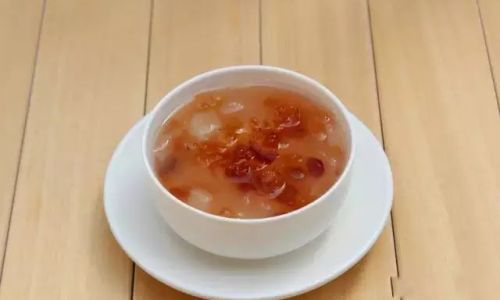
-
Adjust Cooking Time: The cooking time for peach gum can vary depending on its size, age, and the cooking method used. Be prepared to adjust the cooking time as needed to achieve the desired texture and flavor.
-
Store Properly: Once cooked, peach gum can be stored in the refrigerator for several days or in the freezer for longer storage. Make sure to store it in an airtight container to prevent it from drying out or absorbing odors from other foods.
Conclusion
Cooking peach gum may require some trial and error, but with patience and attention to detail, you can achieve the perfect texture and flavor for your dishes. By understanding the basic properties of peach gum and following the tips and tricks outlined in this article, you’ll be able to determine when your peach gum is fully cooked and ready to enjoy.
Whether you’re using peach gum in a traditional Chinese medicine recipe, a decadent dessert, or a unique savory dish, its unique texture and flavor can add a touch of elegance and sophistication to your culinary creations. So, the next time you’re in the kitchen, give peach gum a try and see how it can transform your dishes into something truly special.
Remember, the key to cooking peach gum perfectly is to take your time, monitor it carefully, and adjust the cooking process as needed. With a little practice, you’ll be able to master the art of cooking peach gum and enjoy its many health benefits and culinary uses. Happy cooking!
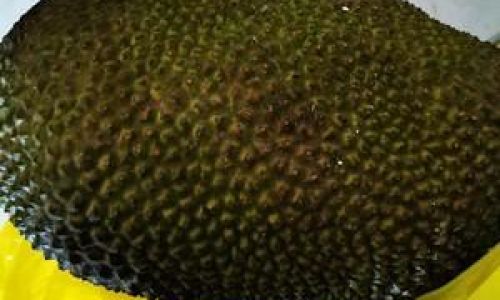
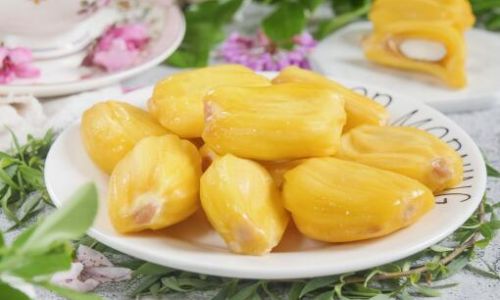
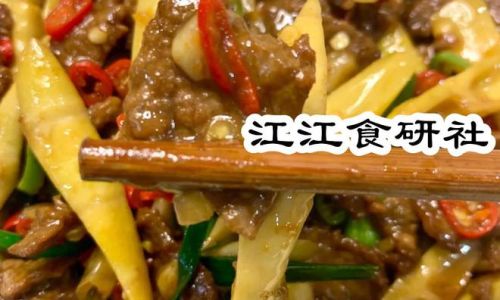


0 comments